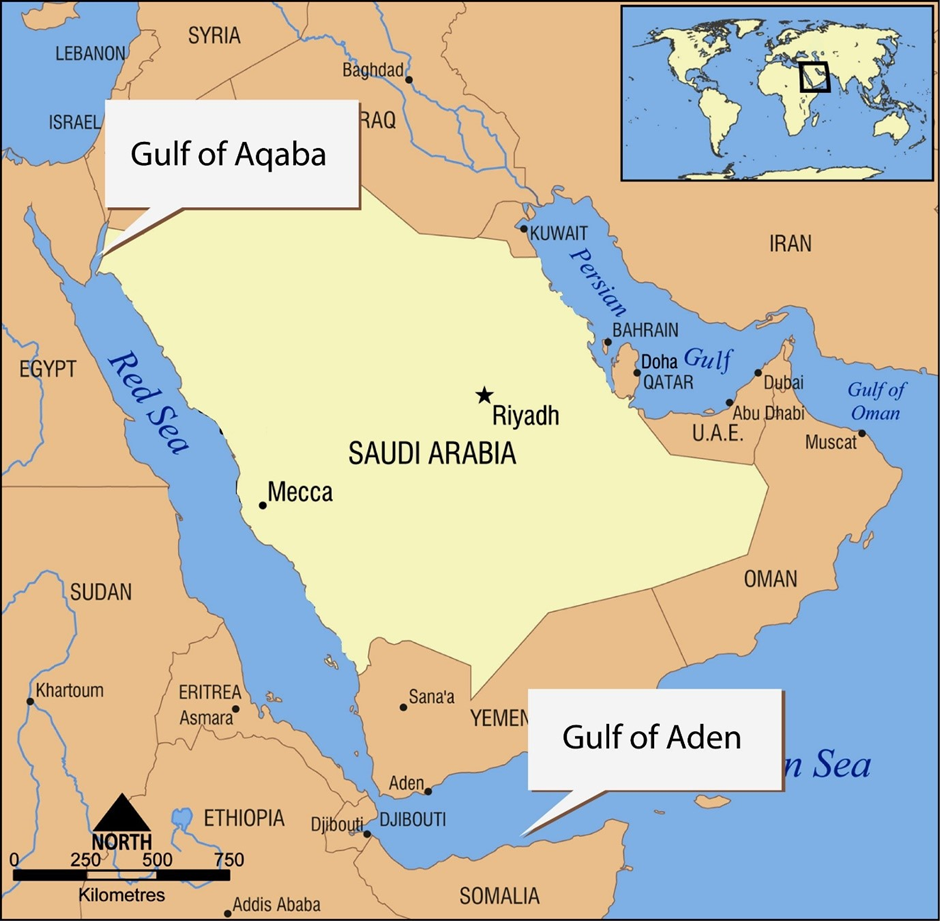Guru Tegh Bahadur
Guru
Tegh Bahadur
·
Tegh Bahadur was born in
Amritsar on 21st April 1621 to Mata Nanki and Guru Hargobind, the sixth Sikh
guru, who raised an army against the Mughals and introduced the concept of
warrior saints.
·
As a boy, Tegh Bahadur
was called Tyag Mal because of his ascetic nature. He spent his early childhood
in Amritsar under the tutelage of Bhai Gurdas, who taught him Gurmukhi, Hindi,
Sanskrit, and Indian religious philosophy, while Baba Budha trained him in
swordsmanship, archery, and horse-riding.
·
He was only 13 when he
distinguished himself in a battle against a Mughal chieftain.
·
His writings are housed
in the sacred text, ‘Guru Granth Sahib,’ in the form of 116 poetic hymns.
·
He was also an avid
traveler and played a key role in setting up preaching centers throughout the
Indian subcontinent.
·
During one such mission,
he founded the town of Chak-Nanki in Punjab, which later became a part of
Punjab’s Anandpur Sahib.
·
In the year 1675, Guru
Tegh Bahadur was executed in Delhi under the orders of the Mughal Emperor
Aurangzeb.
Contributions:
·
Sikhs revered Guru Tegh
Bahadur as the ‘Protector of Humanity’ (Srisht-di-Chadar).
·
He was a great thinker
and poet who provided thorough explanations of the nature of God, body, mind
and bodily attachments, among other spiritual matters. In the form of 116
poetic hymns called Salokas and Couplets, his compositions are enshrined in the
sacred scripture, ‘Guru Granth Sahib’.
·
He is said to have
travelled widely to spread Nanak’s teachings.
·
Everywhere he went, he
built up communal kitchens and wells for the locals.
·
He created the settlement
of Chak-Nanki in Punjab, which eventually became a part of Anandpur Sahib, a
well-known holy city and popular tourist destination in the Himalayan
foothills.
·
During Aurangzeb’s reign,
he opposed forcible conversions of non-Muslims to Islam.
·
He is also known as a
great teacher and an excellent warrior.


Comments
Post a Comment